Growing spinach is always a great option. Since these leafy greens are easy to grow and maintain, and full of essential nutrients, spinach plants are the best suitable for growing all year round!
So, guess what? It is a brilliant idea to grow spinach indoors! In this article, we will share all the essential tips on how you can organize your home spinach crops.
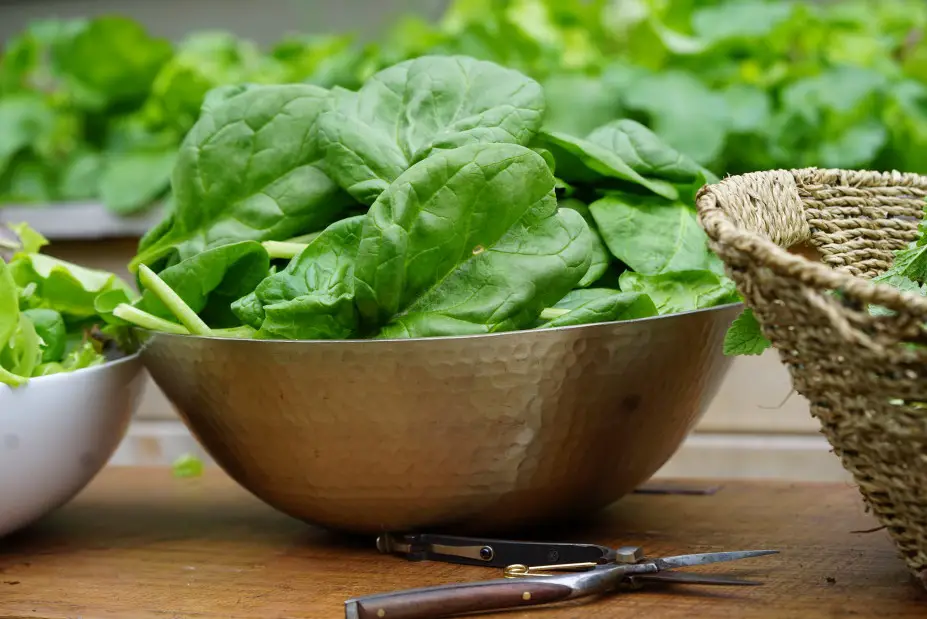
Contents
Would it be possible to grow spinach indoors?
The answer is definitely “yes”! The main tip about growing spinach plants is their ability to grow both in the outdoor garden and in your kitchen. Thus, there is no problem creating your small indoor garden and providing yourself with fresh spinach all year round.
Full of antioxidants, vitamins, and nutrients, spinach leaves will be a great healthy addition to many salads, stir-fries, and other dishes. Growing spinach in pots and containers, you will have a constant supply of these leafy greens just in your kitchen!
The key points to keep in mind when growing spinach indoors are to plant, place, grow, and maintain it properly.
You can grow spinach in containers or pots, or create a spinach tower or a vertical garden on your wall. Such types, such as Malabar spinach, are especially good for growing vertically.
Like outdoor growing, indoor methods also require watering and fertilizing your crops.
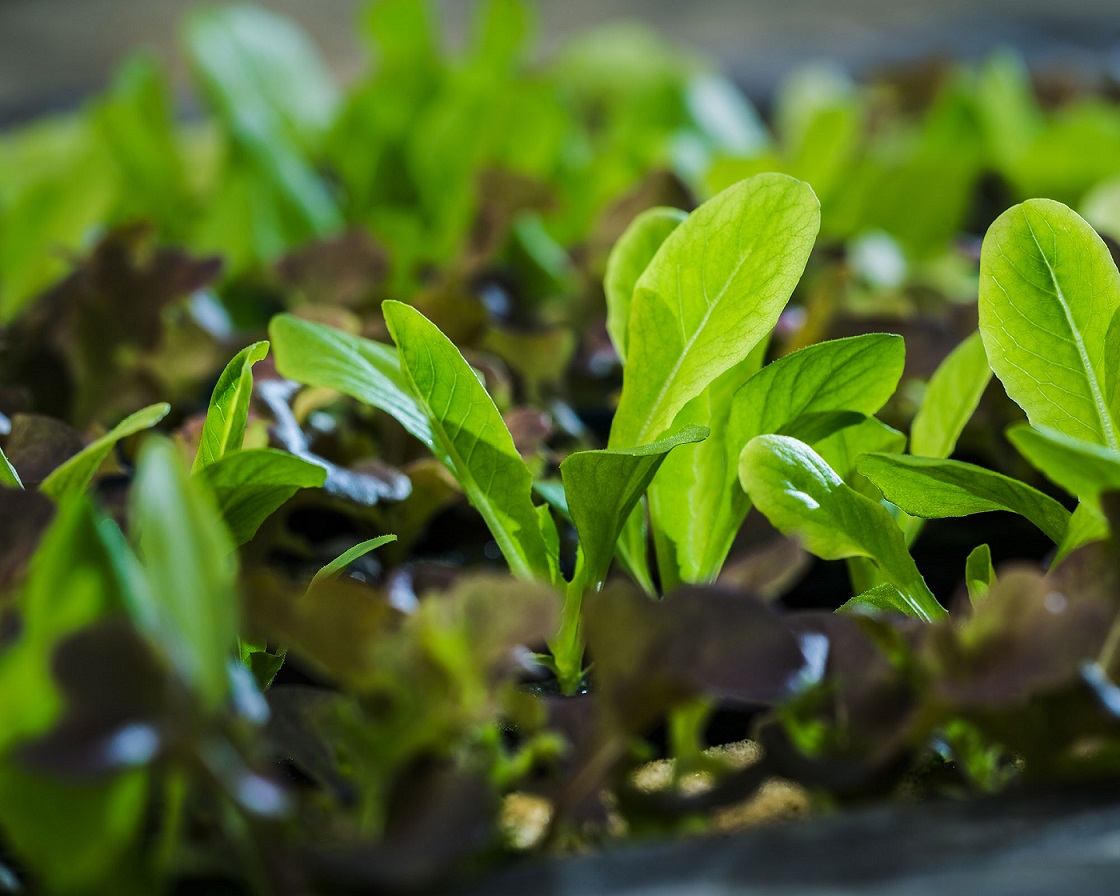
When choosing the spinach variety for growing indoors, be sure that it is compatible with your climate. Find out more about the different cultivars to choose the one that suits you best!
How hard is it to grow spinach indoors?
Growing spinach indoors is not a difficult task if you follow all the necessary tips. In fact, it is one of the best leafy greens to grow indoors!
You can easily control the growing process when you plant spinach in pots. Create the proper environment for these incredible greens! But keep in mind that all the factors such as climate, lighting, watering, and growing conditions can influence your crop. Be sure to do everything right and follow all the spinach-growing tips.
And, of course, don’t forget to harvest spinach regularly! If not pruned in time, the plant can get bolt and bitter. After pruning, spinach regrows easily, so you can harvest it plenty of times.
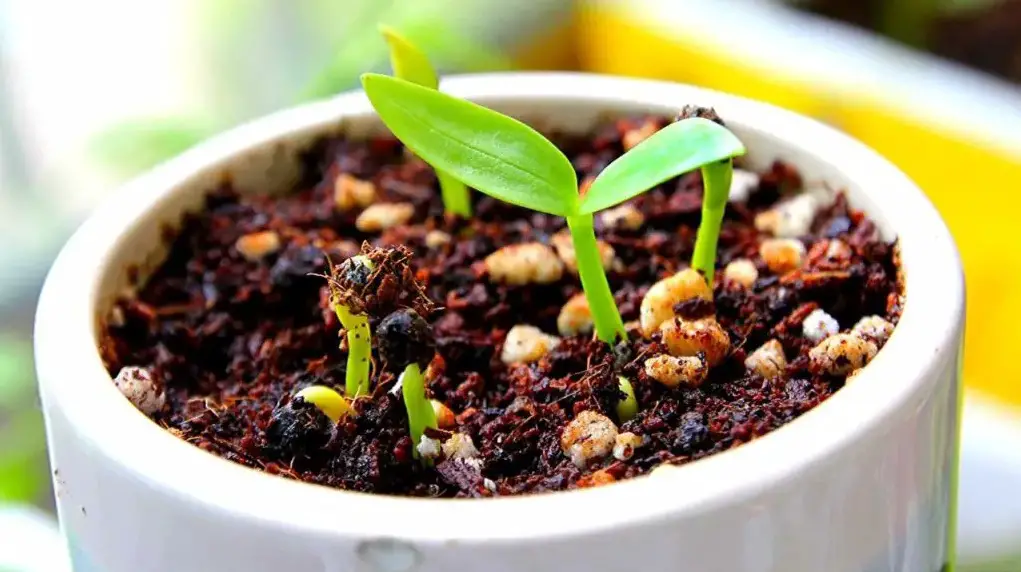
What do you need for growing spinach indoors?
As a cool season crop, spinach adapts easily to growing indoors. In the proper environment, you can grow spinach in your kitchen and harvest it regularly. Moreover, some varieties can be harvested all year round!
To grow spinach indoors, you don’t need too much. Here is a list of necessary items for a good start:
- Spinach seeds
- Well-draining soil with plenty of organic matter
- Seed tray
- Planting pots
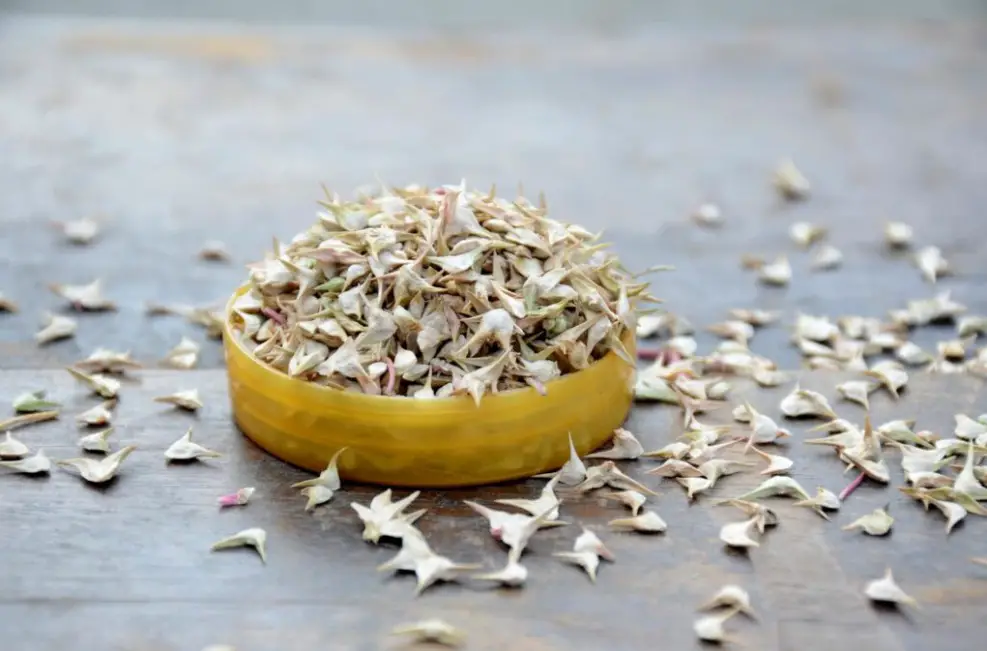
Which fertilizers to use?
When growing spinach indoors, it is a good idea to feed young spinach plants with the appropriate fertilizers. This can help you to boost spinach growth and get more crops of spinach throughout the year!
Add fertilizers generously to the soil in the pots and containers! There should be at least 2 to 4 inches of composted soil before you start sowing the seeds in the tray. Rich soil is crucial for young plants to grow fast and strong.
Here is a list of fertilizers that work best for the spinach:
- Balanced liquid fertilizer
- Compost
- Fish emulsion
- Homemade compost tea
- Manure tea
- Time-release nitrogen fertilizer
- Water-soluble foods

Key points to consider
Remember that certain points are essential if you want to grow spinach in the correct environment:
- Correct place
- Enough lighting
- Adequate moisture level
- Climate and weather
- Spinach variety
- Regular harvesting
How to grow spinach indoors?
Planting spinach is not a science, but there are still enough points to keep in mind. If you do everything right, there will be no problem keeping your container garden all year round!
Container growing allows you to prolong the growing and harvesting season. In addition, spinach loves warm conditions, so your homegrown crops grow happily as indoor plants.
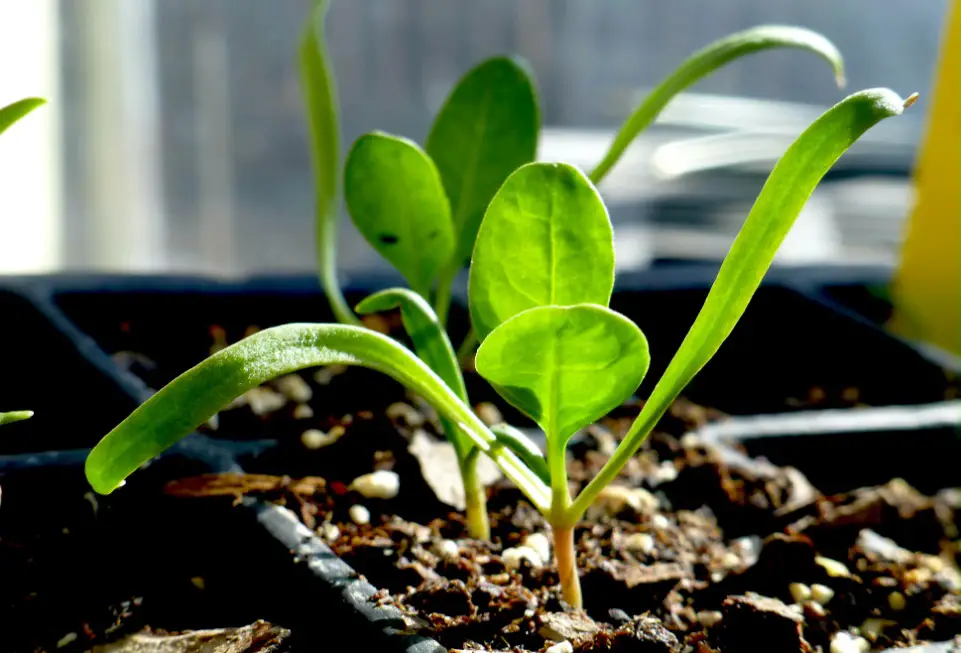
Here are 6 simple steps on how to plant spinach and grow it indoors:
Step 1: Opt for the best spinach variety
Before you start growing spinach indoors, be sure to find out more about the chosen spinach variety. As the growing conditions can differ in some ways, you have to know for sure which variety of spinach you are going to grow.
Generally, there are three main types of spinach that you can grow indoors: savory, semi-savory, and smooth-leafed spinach types. Each of them has its advantages, so you can opt for the most suitable one for your needs.
#1. Savory spinach is your best bet if you are going to have a cool season crop. It can withstand the cold weather in your hardiness zone. However, be sure to regularly clean and maintain these spinach leaves!
#2. The semi-savory kind of spinach is the most resistant to hot weather and diseases. In fact, this type of spinach is your best bet for growing spinach indoors. Some semi-savory spinach cultivars, such as Tyee, can be grown throughout the whole year.
There are 4 semi-savory spinach cultivars:
- Catalina
- Indian summer
- Teton
- Tyee
#3. The smooth-leafed type of spinach got its name from the smooth and flat leaves. It is simple to maintain and clean, as you can easily get rid of the dust accumulated on the spinach leaves. If you are going to prepare canned or frozen spinach, the smooth-leafed type is a perfect choice for you.
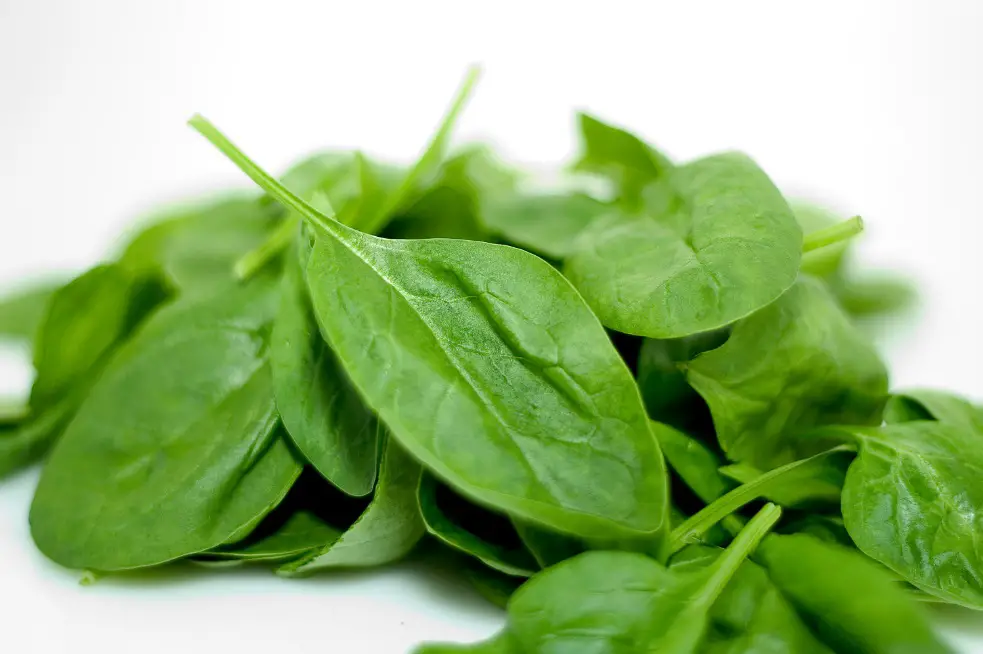
Step 2: Choose the best type of soil
Before you sow spinach seeds, prepare the right type of soil. Keep in mind that spinach seeds prefer a neutral pH balance. Choose the correct type of potting mix that is rich in organic matter.
One more rule of thumb is to keep the soil moist. So, it should be well-draining soil that won’t accumulate excess moisture. Fill the pots or other containers with the potting mix, and that’s all that you need to sow seeds and grow spinach plants.
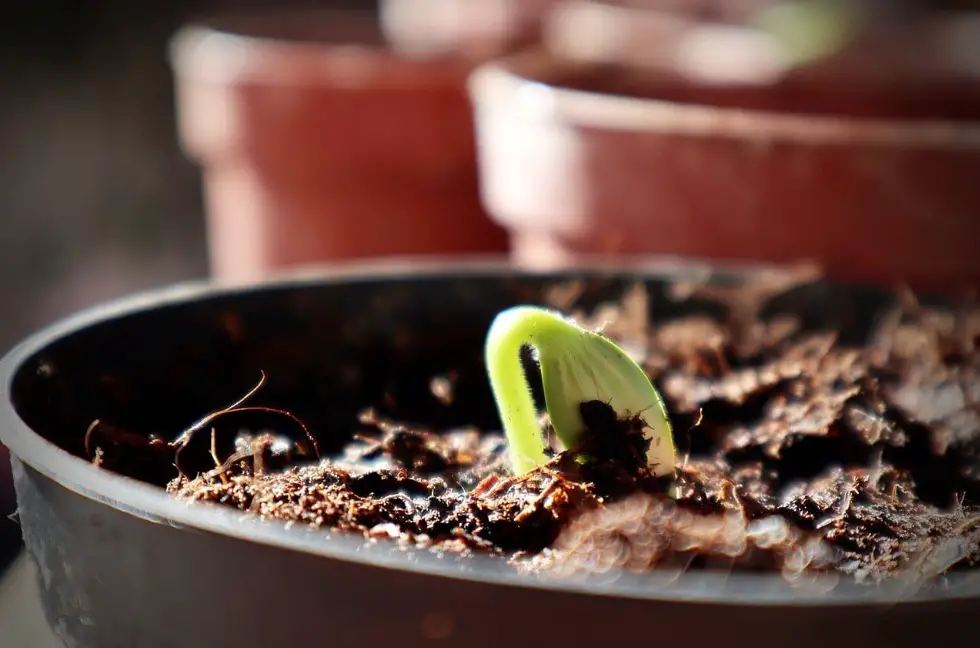
Step 3: Sow spinach seeds
When you sow seeds, a crucial point is to keep the proper distance. Keep in mind that young plants need enough space to grow and develop.
A good idea is to plant seeds in the growing container first. Sow seeds to half an inch deep in the soil. Be sure to place all the container-grown spinach seeds 2 to 3 inches apart from each other.
If you sow in multiple rows, keep the distance about 14 inches apart. The more space you leave between the spinach seedlings, the more time you have for harvesting spinach plants. If you plant spinach seeds a bit closer to each other, it is the best decision for earlier harvesting spinach.
After sowing, cover the seeds with a thin layer of soil. Water the soil with enough water and let the seeds germinate.
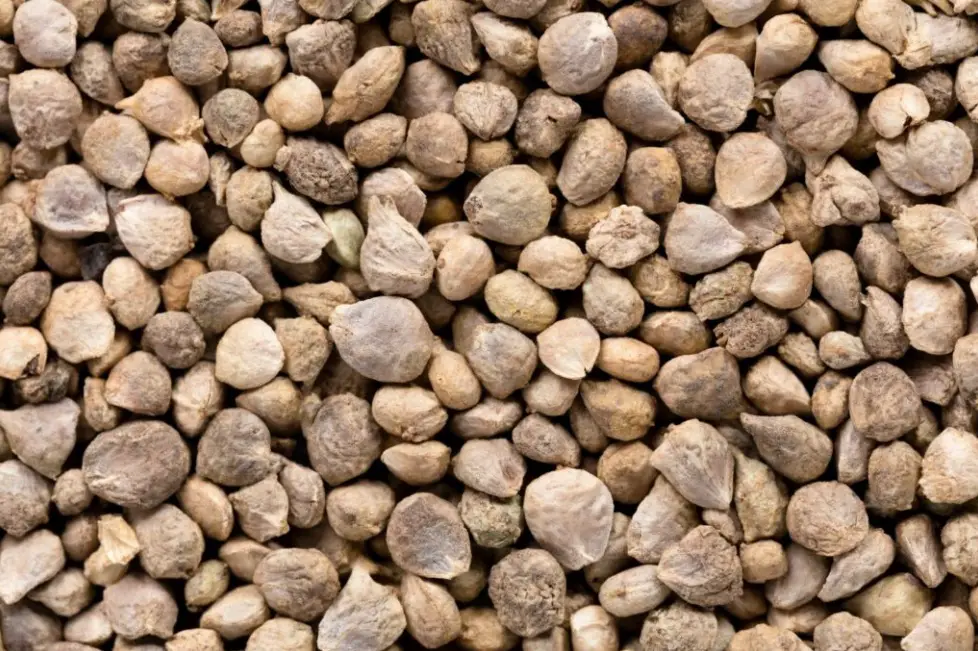
Step 4: Watch out for the germination
The germination period depends on the variety of your spinach plant. Generally, it takes about 1-2 weeks for the planted seeds to sprout. When you can see the young spinach seedlings with 2-3 leaves on each one, you should replant them into the pot filled with the potting soil.
You can either plant spinach as a single plant in the smaller pot or grow multiple plants in the bigger pot. In case you are going to grow spinach this way, don’t forget about the space between young sprouts!
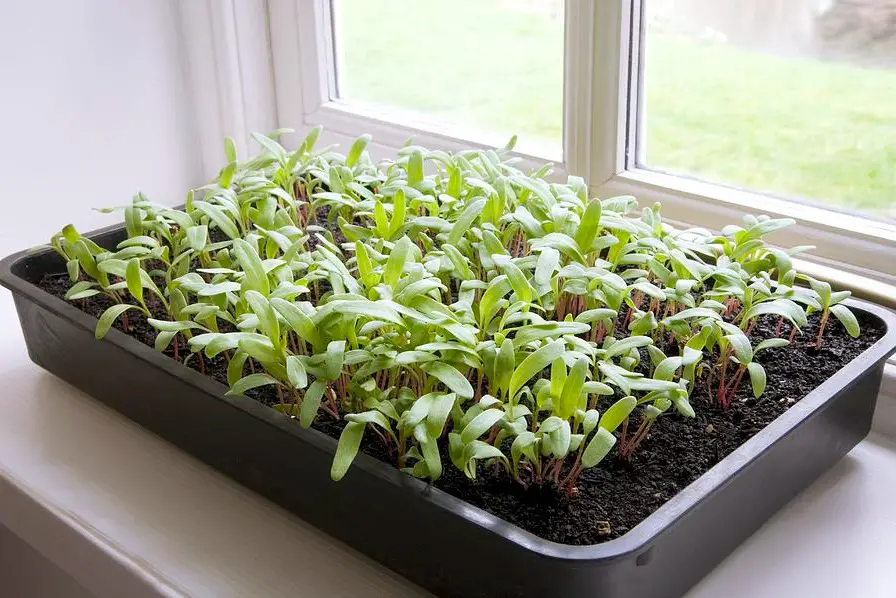
As soon as the seedlings germinate, don’t skip thinning! If your plants grow too close, the lack of space can make them weak, or even kill the smallest plants. So, it’s better to remove some excess sprouts to let the others grow happily.
The best way is to thin the young sprouts to 3-5 inches apart. There is just enough space for the sprouts to grow further with no harm to each other.
Step 5: Maintain your growing spinach
While growing spinach indoors, be sure to create all the necessary conditions that your plants need.
#1. Keep the proper soil temperature: spinach grows and develops best when the soil temp is about 50-80 °F (or 10-28 °C). However, some spinach varieties can handle even more than 90 °F (or 32 °C)!
#2. Keep the soil moist: since moisture is essential for growing spinach indoors, watch out for its level in the soil! Remember that you should keep the soil moist enough to grow spinach. Avoid too much water, as you can kill your growing spinach by soaking it. Opt for well-drained soil that helps you to regulate the moisture level naturally.
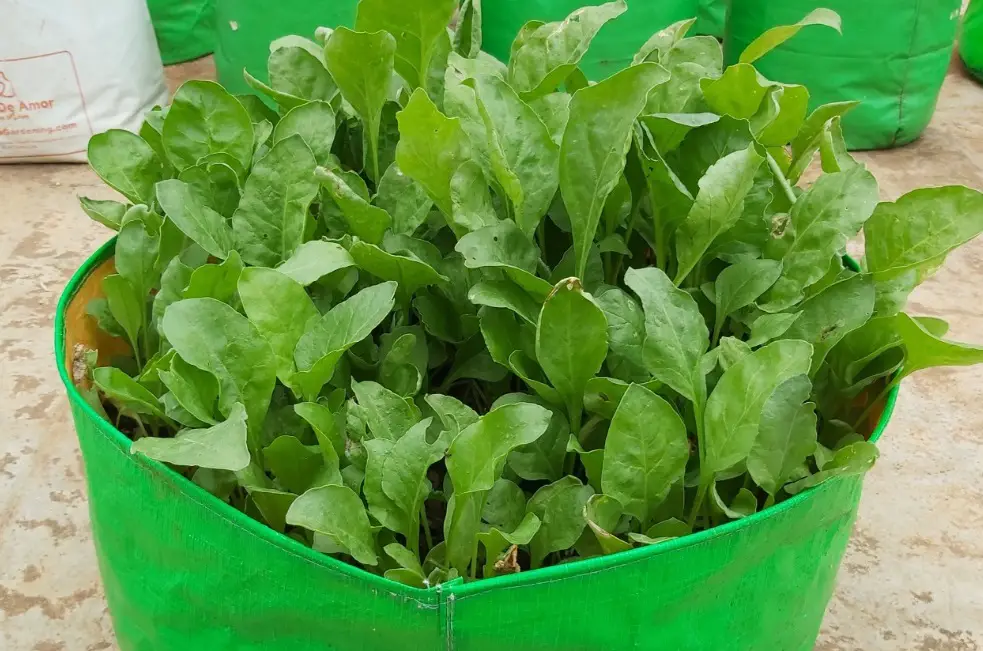
#3. Drain the pots: when growing spinach in pots, it is essential to provide them with enough drainage. If your chosen pots have no drainage holes, make them by hand.
#4. Mulch the soil: since spinach needs an adequate amount of nutrients and water to grow, enrich the soil with organic matter, or get the special soil in the local store. Not only do the organic fertilizers feed the plants and increase the spinach fertility but also help to retain moisture in the soil.
#5. Watch out for the pests: when you grow spinach in containers, there are still enough risks of pest infestation. Protect your plants from leaf-eating insects and the plant diseases such as powdery mildew that can appear on the leaves.
Step 6: Harvest your spinach crops
Now, it is finally time to get your homegrown spinach crops! You can either harvest baby spinach or wait until you can prune the entire plant. For different spinach varieties, it takes from 6 to 8 weeks to get ready for harvesting.
Follow the simple pruning tips that let your spinach regrow after harvesting:
- Use only clean scissors or knives.
- Cut with sharp tools to avoid rough cuts, as it is dangerous for spinach.
- Prune the spinach leaves at the base, so they can regrow with no trouble.
- If you harvest an entire plant, be sure to leave no less than 1/3 of the remaining plant, so it can regrow.
- If you don’t need too much spinach at once, you can just pinch a few leaves from a spinach plant and let the rest grow further.
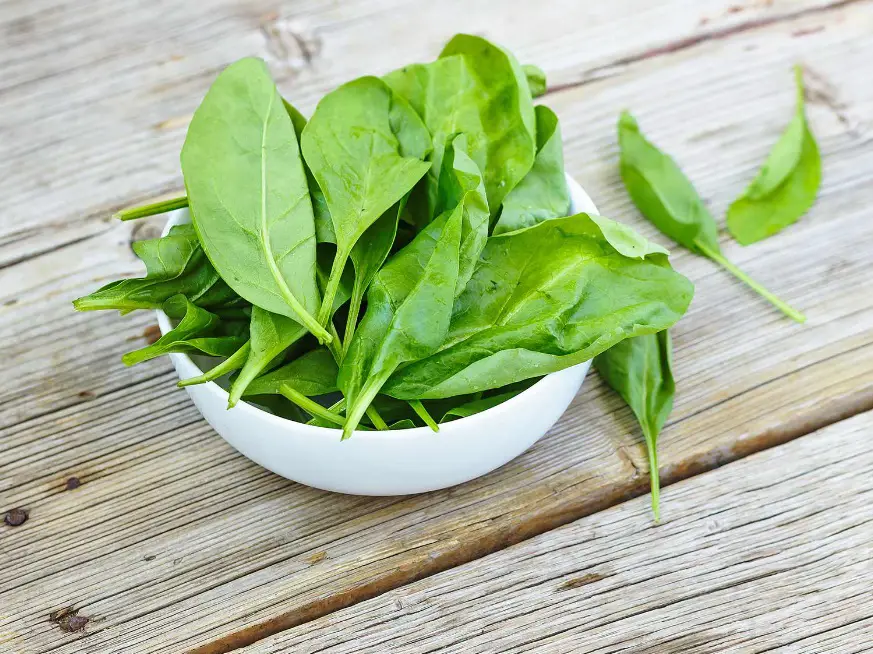
Baby spinach is ready to harvest just in a few weeks, when it gets 4 or 6 inches high. If you prefer to harvest mature plants, wait until they grow 10 to 12 inches tall, that usually takes about 35-40 days.
Remember that spinach is an annual plant that lives until it brings seeds. If you want to prolong the life of your plant, avoid flowering and prune them as soon as you can see the first flower stalks appearing. As soon as spinach gives seeds, you can only remove them.
Spinach grows similarly to many other kitchen herbs; it means that regular harvesting boosts its growth. The more frequently you harvest your spinach, the more eagerly it regrows, giving more bushy leaves.
How to maintain your indoor spinach plants?
Please keep in mind that young spinach plants need the proper care to grow healthily. You just need to know and follow the most essential points that will help you to get a perfect cool-weather crop of spinach.
Tip 1: Young spinach seedlings are the most vulnerable to pests and wrong conditions. So, you need to be especially careful while your plants are still on their way to maturity.
Tip 2: Take care of the light supply, as it is crucial for spinach. Unlike many other plants, spinach doesn’t like direct sunlight. The best idea is to create a partial shade that will keep your growing spinach safe and sound.
Too much light can make your spinach bolt, so be especially careful when the daylight is increasing, and the weather is becoming hotter. Limit the light and heat impact on the plants before it turns your spinach into a bolted mess.
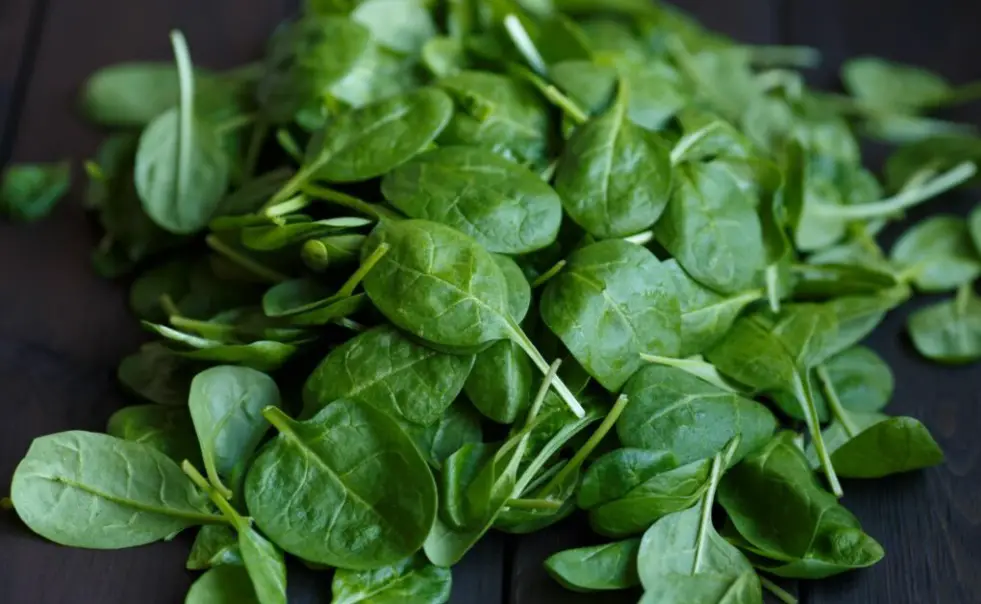
Tip 3: Protect your spinach from pests and infections! Not only do people find spinach leaves delicious, but also lots of pests can eat spinach crops. In addition, spinach is prone to get infected by some plant diseases. For example, if the potting soil is too soggy, there is always a high risk of getting fungal diseases.
Here is a list of pests and diseases that can destroy your spinach crops:
- Leaf-eating insects
- Caterpillars
- Cutworms
- Slugs
- Snails
- Powdery mildew
- Fungal infections
- Rot and rust
Inspect your spinach leaves regularly to reveal the first signs of any troubles. Don’t forget to clean the leaves, as the dusty and dirty leaves can easily become a breeding ground for harmful pests, bacteria, and fungi.
Use remedies for edible plants, such as neem oil. They can combat lots of plant issues with no potential harm to people.
Make a neem oil solution to spray your plant with. It is really effective against many types of pests. If there are any soil issues, this solution can help as well.
Tip 4: Don’t let your spinach overgrow! Regular pruning is essential as it helps you to keep the perfect taste. When overgrown, your spinach will start bolting, which leads to the bitter taste of leaves.
Flowering is one more point that can influence the spinach taste. Get rid of the flower stalks as soon as you can see them. Don’t let your plant flower, or else it becomes bitter.
Tip 5: Keep the containers and pots in tip-top condition! Regular watering can easily make your container rust. In addition, the excess moisture at the bottom can easily cause mold and mildew issues, and become a breeding ground for many other bacteria and fungi. All these issues are harmful both for the spinach and for you as well.
Clean your pots and containers regularly. Get rid of the excess water, and don’t let the moisture accumulate at the bottom. Wipe the container with paper towels, and inspect it regularly to prevent all the possible issues at the very beginning.
We have more interesting information for you. So, if you would like to know not only answer to the question: “Can you grow spinach indoors?”, but also how to grow hydroponic lettuce, please click on the link.
FAQ
How long does spinach take to grow indoors?
On average, the growing period for spinach takes about 35-40 days. However, this number depends on the spinach varieties, so it can take either more or less time to grow spinach indoors.
Mature spinach usually reaches 10 to 12 inches tall, so you can visually define when it is high time to harvest your spinach crops. If you want to harvest baby spinach, you can do it much earlier, as soon as the seedlings grow at least 4-6 inches high.
Can you grow spinach indoors during winter?
Since planting spinach indoors is a handy and easy option, you can grow it at home even in winter! Such types of spinach as Tyee are good to grow all year round, so you can have young fresh leaves even in cold seasons.
All that you need is to provide the right environment for your homegrown spinach and take care of the growing plants regularly.
How much light does spinach need indoors?
Although spinach plants are good for indoor growing, they still require enough light to grow happily.
– Keep in mind that spinach plants prefer either full sun or partial shade, so provide your growing spinach with enough sunlight.
– Opt for a place that is not too shaded but still has enough sunlight that is essential for the plants to grow.
– Avoid too much sunlight as well, as it can kill the spinach plants. Don’t keep your spinach in direct sunlight, as it is harmful to these leafy greens.
Final thoughts
As you can see, spinach is really fast-growing and easy to maintain. Follow all the tips above, and you will have a wonderful home garden with a constant supply of your favorite greens!
Do you want to learn more info and read one more article on a subject like “can you grow spinach indoors”? If so, just simply follow the link.



